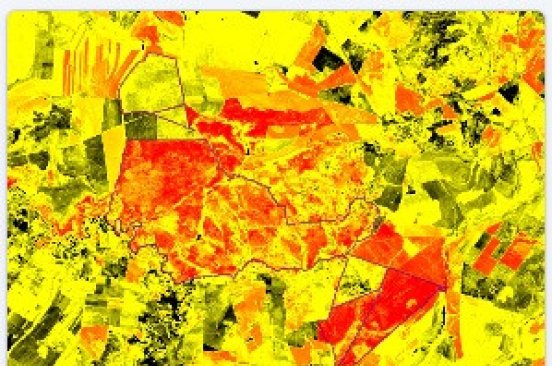
Inside Bhutan Flying Labs' UAV Traffic Management System Project
As drone technology continues to evolve, robust UTM systems will be crucial in unlocking its full potential while mitigating its risks.
April 25th, 2025
For the past four months, the dynamic team at Bhutan Flying Labs, a collective of young and cool professionals passionate about the future of aviation, have been on an exhilarating journey into the rapidly evolving world of drone technology. We plunged deep into the intricacies of Unmanned Aerial Vehicle Traffic Management (UTM) systems, and what we discovered has been nothing short of groundbreaking. Buckle up, tech enthusiasts, as we take you behind the scenes of our UTM project and reveal the exciting insights we've gained.
Understanding Drone Traffic in Bhutan
The skies are becoming increasingly populated, not just with conventional aircraft, but with a growing fleet of drones. From package delivery to aerial photography, infrastructure inspection to agricultural monitoring, the use cases for drones are expanding at an astounding rate. This air traffic, however, presents a unique set of challenges. How do we ensure the safe and efficient coexistence of manned and unmanned aircraft? How do we prevent collisions and manage airspace effectively? These were the fundamental questions that fueled our exploration into UTM.
Our project took a specific focus on implementing UTM within the unique geographical and regulatory landscape of Bhutan. We delved into the concept of geo-fencing – the creation of virtual boundaries in the sky. Imagine digital perimeters that define no-fly zones around sensitive areas like monasteries, government buildings, or national parks. Our team investigated how these virtual fences could be dynamically adjusted and enforced, ensuring the safety and security of Bhutan's airspace. This involved understanding local regulations, mapping critical zones, and exploring the technical intricacies of implementing reliable and tamper-proof geo-fencing solutions.
A crucial aspect of UTM is the ability to accurately track the real-time location of drones. We immersed ourselves in the world of satellite tracking systems and various drone tracking technologies. We analyzed their accuracy, limitations, and suitability for the Bhutanese context. It was fascinating to observe the subtle – and sometimes not-so-subtle – deviations between the actual flight path data and the data reported by tracking devices. This exploration highlighted the critical need for robust calibration, data filtering, and potentially sensor fusion techniques to achieve high-precision tracking. We learned about technologies like GPS, ADS-B (Automatic Dependent Surveillance-Broadcast), and emerging solutions that promise even greater accuracy and reliability.
Developing Our Live Tracking API
To put our knowledge into practice, we then embarked on a significant software development endeavor: creating an API capable of reading and tracking the live location of drones. This involved designing a robust backend architecture, integrating with various data sources (simulated for the project, but designed for real-world integration), and developing efficient algorithms for processing and displaying the drone's current position and historical flight paths. Our team grappled with challenges like data latency, scalability, and ensuring the security of sensitive location information. This hands-on experience provided invaluable insights into the complexities of real-time data processing and API development.
The Future is Unmanned

This project has been an incredible learning experience, pushing our boundaries in software development and deepening our understanding of cutting-edge drone technology. We have witnessed firsthand the transformative potential of UTM in creating safer, more efficient, and more organized skies. The challenges are significant, but the opportunities are even greater. As drone technology continues to evolve, robust UTM systems will be crucial in unlocking its full potential while mitigating its risks.
Our journey into UTM has just begun. Our team is excited to continue exploring, innovating, and contributing to the future of unmanned aviation. Stay tuned for more updates on our progress and insights by subscribing to the Flying Labs Network newsletter and following us on social media.
Category(s)
Location(s)
Recent Articles
View All »

Wildfire Assessment and Web Application in Sao Paulo
